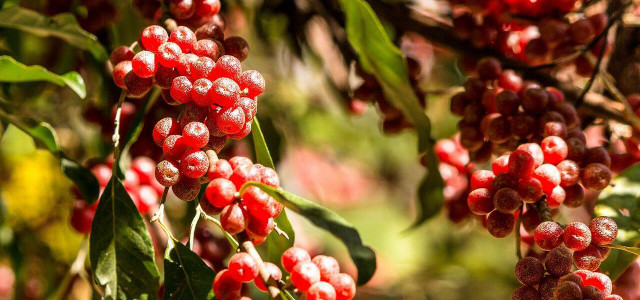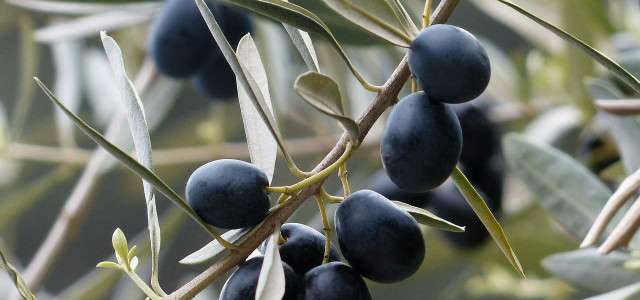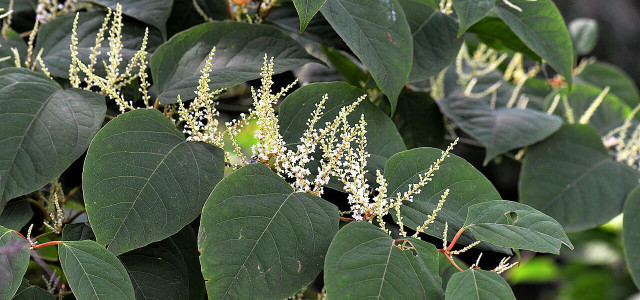Want to protect native species while snacking on a tasty invasive? Read below to find out why picking autumn olive berry is one of the best ways to stop its spread.
If you live in the Eastern or Midwestern US, chances are that you’ve seen autumn olive berry without even noticing. Though not related to the commercial olive, autumn olive trees have a similar shrubby appearance with stiff, silvery leaves. Native to Asia, the autumn olive berry was introduced to the US nearly two centuries ago for erosion control and to provide food and shelter to animals. Today, it is regarded as an invasive species, thriving in poor soil conditions, and spreading rapidly via abundant seeds. You can find autumn olive berries growing on forest borders, roadsides, meadows, abandoned lots, or anywhere with upturned soil and plenty of sunlight.
Autumn Olive Berry Management
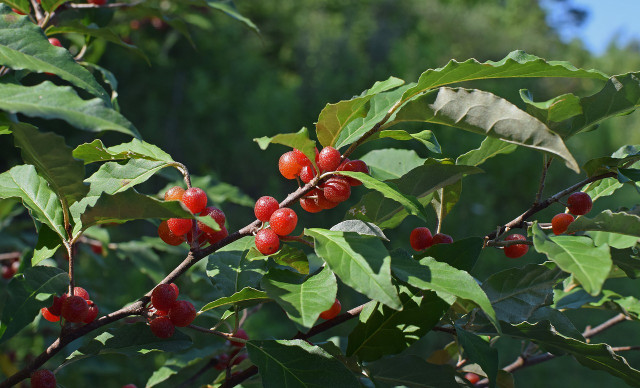


(Foto: CC0 / Pixabay / leoleobobeo)
Autumn olive berries are simultaneously the most attractive and dangerous parts of the plant. In fact, the plant’s invasiveness is due to its successful berries: after snacking, birds and deer spread the seeds far and wide via droppings. While tasty, these berries are low in fat and protein, thus less nutritious for birds than the native species they are replacing. Autumn olive removal or prevention is therefore a crucial part of native gardening for wildlife.
Autumn olive berries germinate easily, but can fortunately be pulled out when young. However, once established, they grow deep root systems, re-sprout when cut, and are nearly impossible to kill without heavy herbicides. For this reason, preventing future growth via harvesting the berries is one of the most sustainable and effective ways to protect native species.
Using Autumn Olive Berry
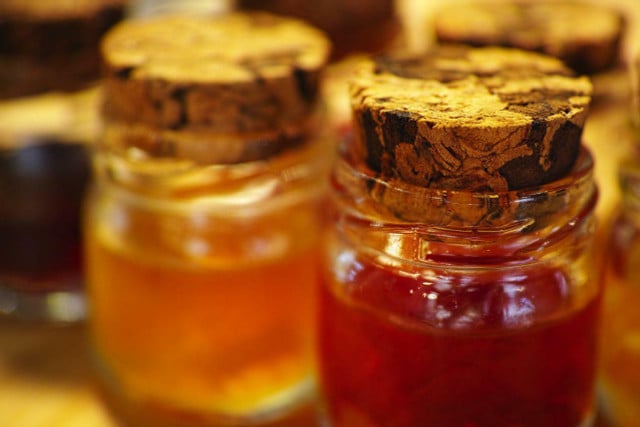


(Foto: CC0 / Pixabay / Engin_Akyurt)
Autumn olive berries ripen in midsummer and are easily identified by red berries flecked with silvery spots. The berries can be sour and tart but become pleasantly sweet when fully ripe. This edible weed is rich in Vitamins C and E as well as lycopene, an antioxidant that aids against high blood pressure, cholesterol, and cancer. Despite these health benefits, autumn olive berry also has a tendency to thrive in contaminated soils, so avoid picking berries near busy roadsides, abandoned lots, or near mines.
While the berries make a great snack when fresh, they are best cooked to neutralize the seeds and prevent future spread. These seeds are edible, but don’t contribute much to the flavor and can best be removed with a cheesecloth, cheesecloth alternative, or sieve. Use the berries to make jelly, jam, fruit leather, homemade liqueur, or add tangy character to a vegan apple pie.
Read more:
- Easy Crabapple Jelly Recipe
- Aronia Berry Benefits, Side Effects & Usage
- Juneberry: The Tasty Native Berry to Try This Year
Do you like this post?






